The structure of the TARGET 3001! database
Component
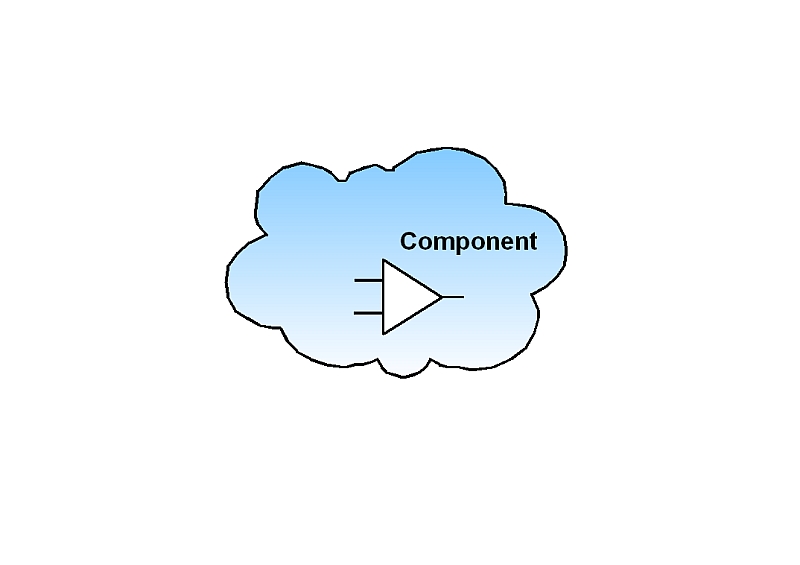
Image 1: A component can have quite a lot of information. Besides the symbol for example it can have a simulation model, a footprint pattern (soldering pattern/package), a 3D-model, manufacturer- and distributor information and much more.
Component and parameter
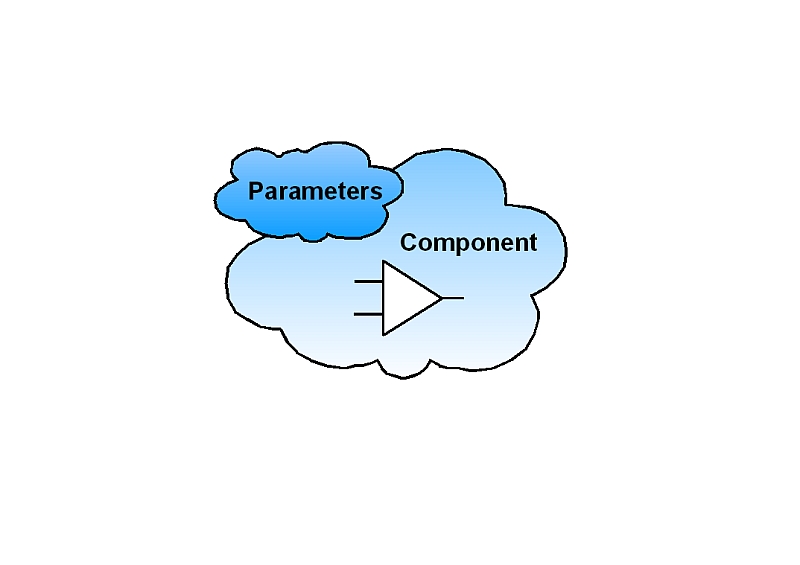
Image 2: A component can have type related parameters but it does not need to have such. Type related parameters can be found within the parametric search. Here you can assign values to parameters with the aim to find the component later again searching for parameter values. If you would like to establish new parameters or modify existing ones or delete existing ones, please have a look at the menu line of the component browser and use "Extra/Edit component types".
Component type and component group
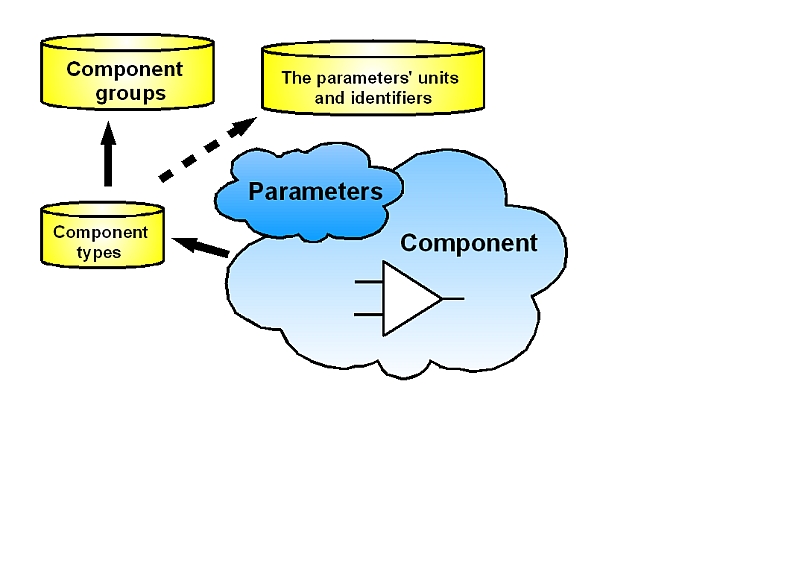
Image 3:
A component type is determined only by it's name. Component types themselves are gathered within component groups. We mainly focus on component type and component group while component group is the superior entity. A component group can have lots of component types. A component type itself can be part of up to three component groups. The component type "LED" for example can appear in group "Diodes" and in group "Optoelectronics" as well.
Manufacturer and distributors
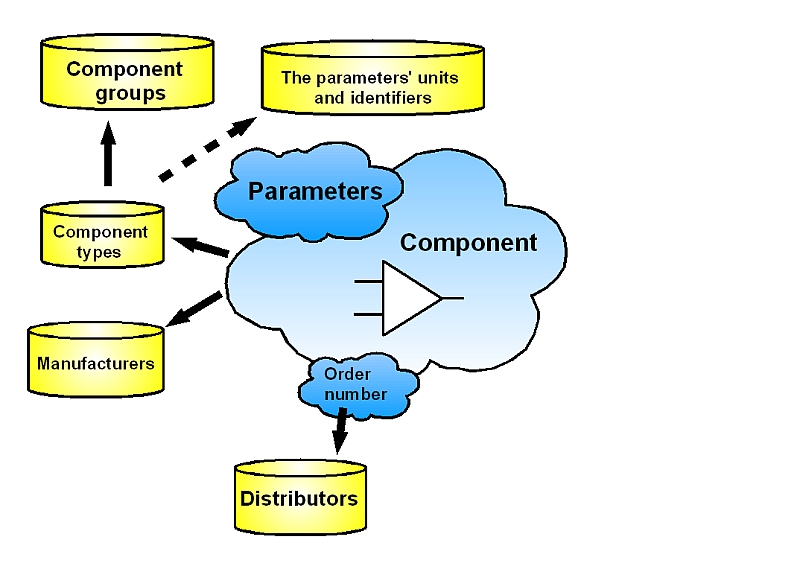
Image 4: A component can have manufacturer information (e. g. Texas Instruments) and distributor information (item number at e. g. FARNELL including a link to the part in the FARNELL shop).
Package and package types
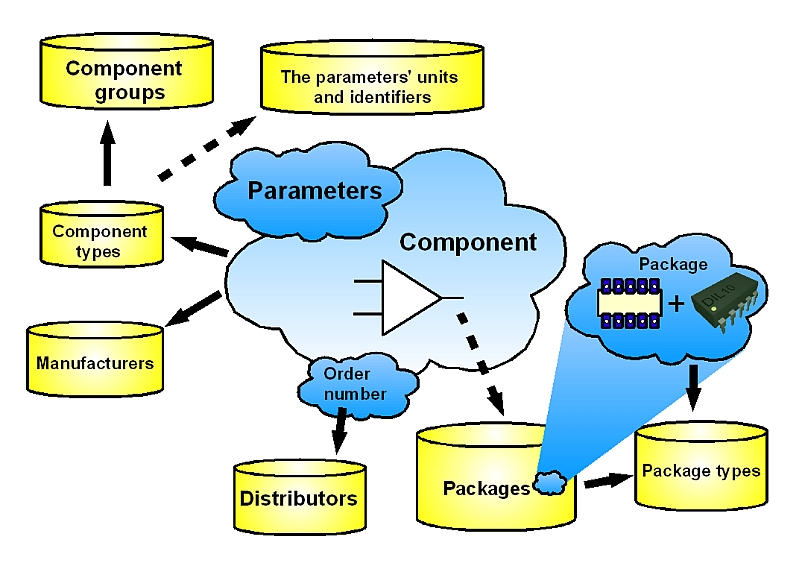
Image 5: A component can have a package assignment but this is not a must. A package consists of a soldering pattern and a outline. The outline can be furnished with hight data. This allows a basic 3D view in the sense of a "hight extrusion" of the packages' outline. Sure it will be better for each package to have a 3D-model. A 3D-model is directly assigned to a package.
Lists
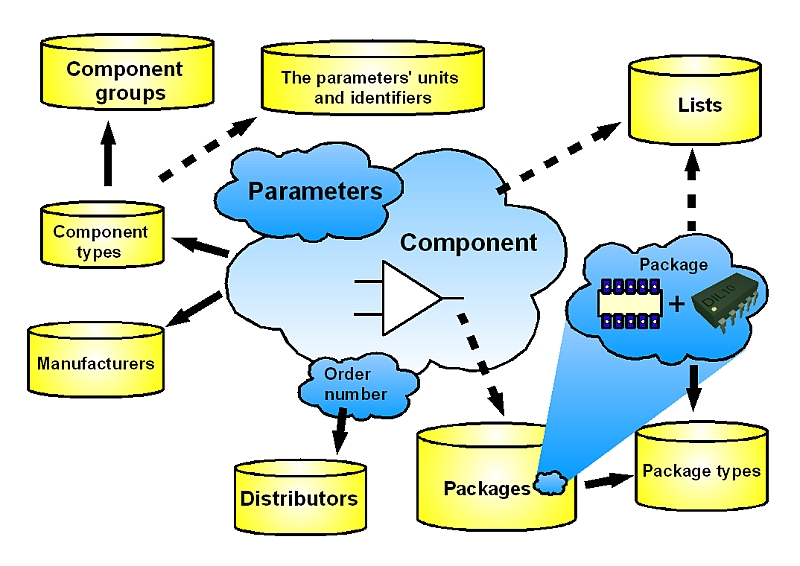
Image 6: Each component can be part of individual listings. For example the list of your favourite OpAmps. TARGET 3001! allows an endless number of lists. At the same time each component can be part of various lists.
Simulation
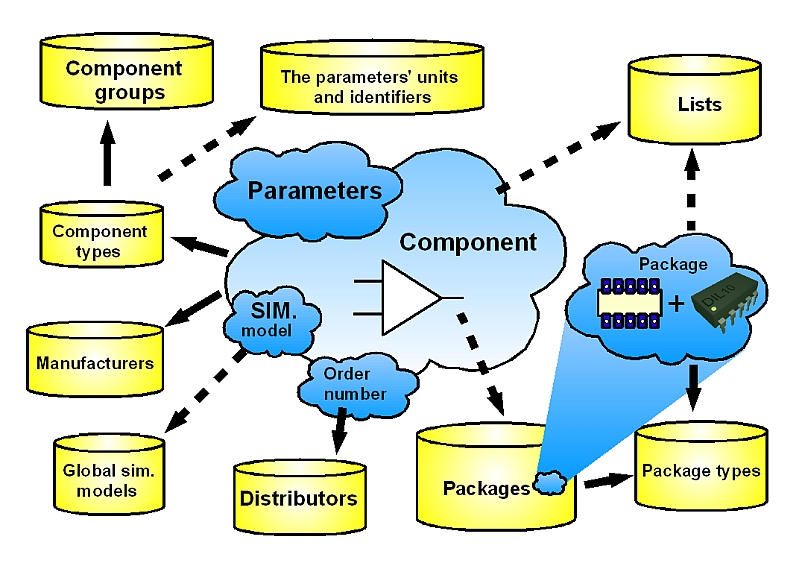
Image 7: A simulation model always is assigned to a component individually. This simulation model can call up further global sim. models.

